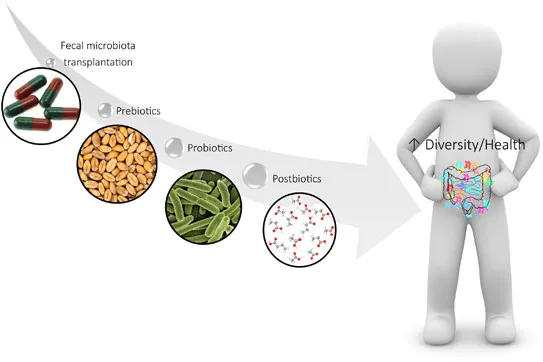Since the microbiome, and especially the intestinal, is related to a variety of diseases and processes, such as allergies, diabetes, different tumors and even anxiety, autism or obesity, the Association of Microbiology and Health (AMYS)He pointed out that a better understanding of this organ, considered the eleventh of the functional system, and its relationship with disease situations could generate new tools for prevention and treatment, beyond knowledge and application of probiotics.
Ramón Cisterna: "Human microbiome has become a new field of study that quickly evolves," says the president of this association, Dr. Ramón Cisterna.In this sense, it emphasizes that it is required to "deepen certain issues that will clarify the future of the impact of the microbiome on health and disease."These aspects include, for example, to know the characteristics of the microbioma in relation to families to detect what is inheritable or not, as well as their secular composition to define that lost or won.
In the case of diseases with greater incidence in recent years such as childrenChanges of this organ in them."Its composition and function has been the subject of great studies, having described its impact on health as one of the most exciting and key areas for a facet of personalized medicine," he says.
organic spaces
Although there is a different microbiota depending on organic spaces, such as the intestine, lung and skin, among others, the intestinal microbiome, that is, the set of microorganisms that reside in the intestinal tract along with its genes,It is the best known and extended.In mammals, the intestinal microbiota coevolved along with its guest to generate essential functions for its physiology, such as the development of nutrients, development and maturation of the immune system and the strengthening of the intestinal barrier.
"Babies born vaginally, breastfed and without antibiotic treatment are optimal for the development of an adequate neonatal microbiota," says Ramón Cisterna.He also adds that "at the end of the first year, the microbiota is different according to each child, but between 2.5 and 3 years shows a composition similar to that of the adult."


